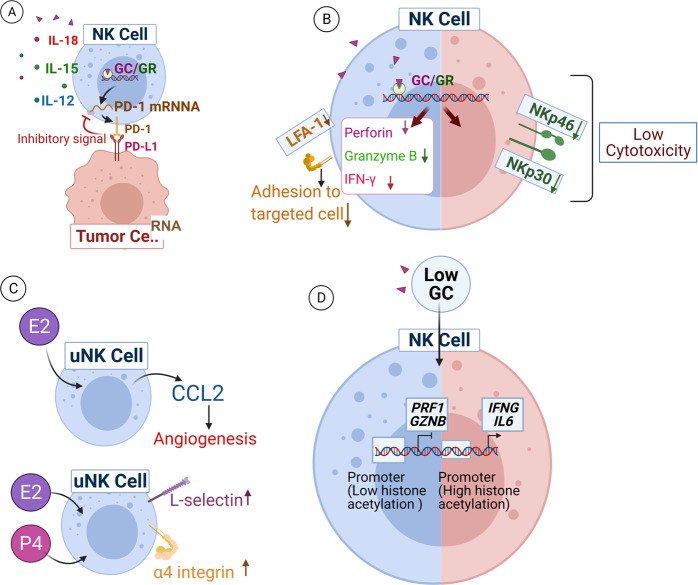Fig. 4. Effects of steroids on NK cells.
A Glucocorticoids (GC) in presence of specific cytokines (IL-12, IL-15, and IL-18) induce the expression of inhibitory receptor PD-1 on CD56bright NK cells, which is responsible for immunosupression in the tumor microenvironment. B GCs reduce the expression of perforins, granzymes, and IFN-γ by epigenetic modifications, which decrease the cytotoxic effect of NK cell. Glucocorticoids also reduce the expression of integrin lymphocyte function-associated antigen 1 (LFA-1) on the surface of NK cell, this hampers the attachment of NK cell to target cell. C Estradiol (E2) induces uterine natural killer cells (uNK cells) to secrete chemokine (C-C motif) ligand 2 (CCL2), which results endometrium angiogenesis. In early stage of pregnancy, estradiol (E2) or progesterone (P4) increases the expression of L-selectin and α4 integrin on circulatory CD56bright NK cells. D Low concentration of glucocorticoids reduces histone acetylation in the promoter region of genes PRF1 (encodes perforin) and GZMB (encodes granzyme B) thereby reduces the cytolytic activity of NK cells; and prime NK cells for the production of pro-inflammatory cytokines by augmenting acetylation in the enhancer or promoter region of genes IFNG and IL-6. (Figure created with BioRender.com).

